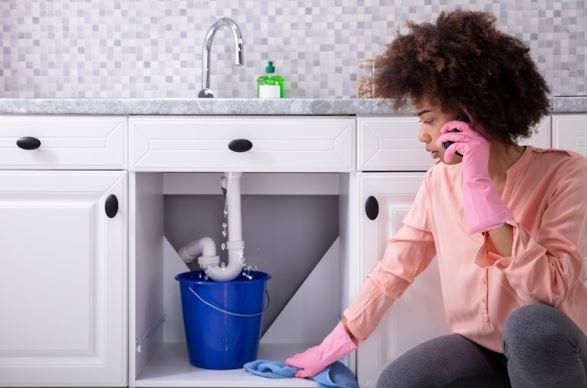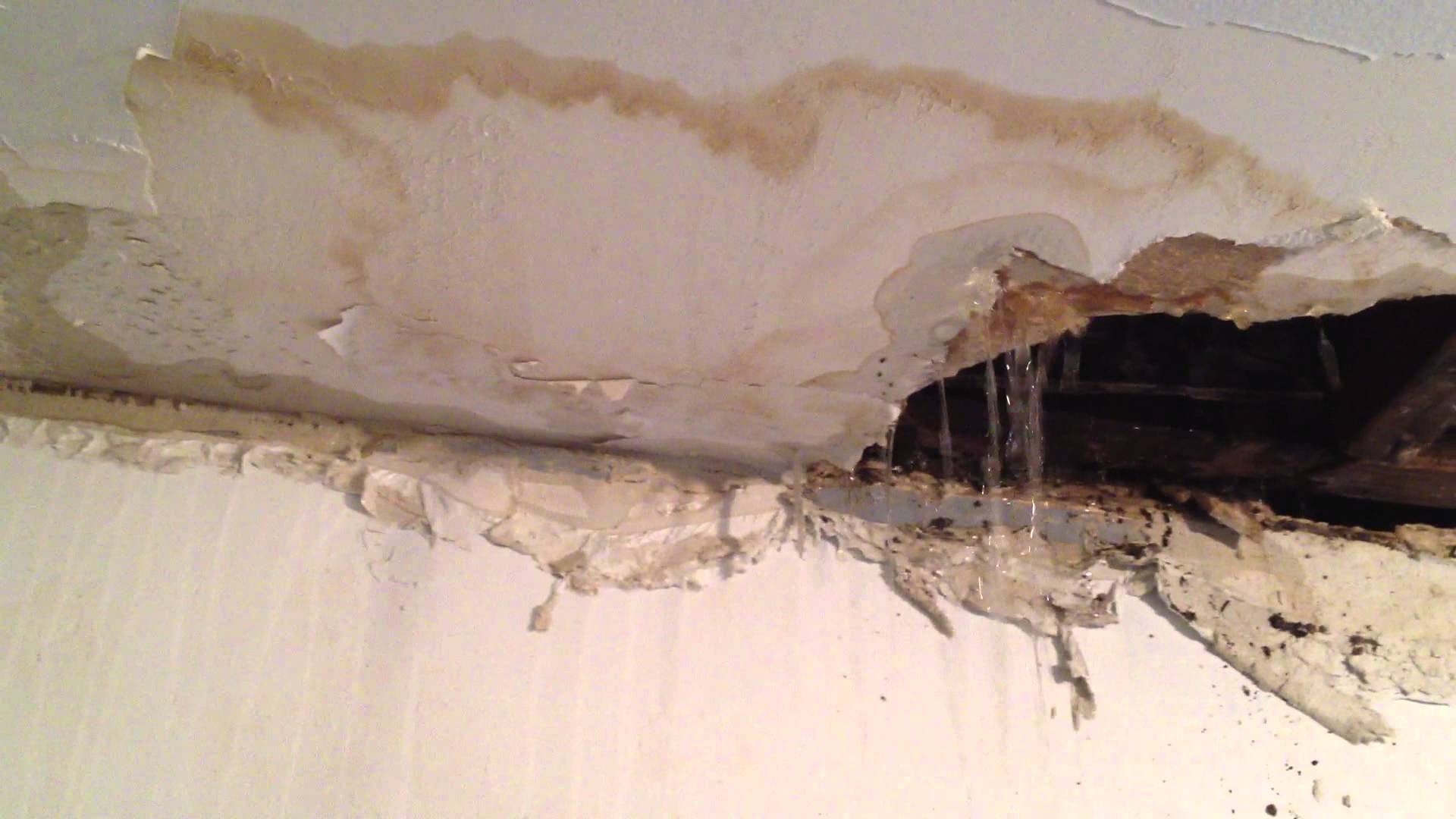The author is making a few good points about Tips For Water Leak Detection In Bathroom as a whole in this great article down below.

Shower room leakages are frustrating as they interrupt your day's plan. It is an alleviation that most shower room leakages are easy to spot and also take care of, with minimal price ramifications.
Having a water leakage in shower room can be difficult to the homeowner. However repairing the leakage becomes a simple trouble if you know what to do. So, this write-up is critical as a home overview to finding and also fixing a water leakage in restroom. It does not change the need for specialist know-how. The article works as a "emergency treatment" when you require an emergency situation action to a water leakage in restroom.
Discovery and also Fixing of Water Leak in Bathroom
Water leakage in bathroom typically arises from pipes as well as pipeline mistakes. There are numerous kinds of restroom leakages. You may require a basic understanding of these leak types to identify the water leak in bathroom. Below are the common bathroom leakages and take care of suggestions:
Splash Leaks
These often result from water spilling on the shower room floor from the bathtub. It issues of using an inadequate shower drape or worn bath tub cellular lining. It harms the shower room flooring and may create rot to wooden floors as well as bathroom doors. The water typically pools around the bathtub or shower. This may lead to worse bathroom damage without punctual handling.
What to Do
If the leakage has actually damaged the bathroom floor or door, you may require to transform these to avoid more damage. The great news is that you can entail a pipes professional to assist with the shower room fixing.
Bathroom Leaks
Sometimes, water leaks from the commode and also pools around the bathroom base. It is an eye sore in the restroom and needs prompt focus.
What to Do
If there are loose screws in between the tank and commode, you only need to tighten them. Sometimes you might need to reapply wax on the gasket or call in a bathroom leak specialist to replace damaged or used components.
Clogged Washroom Sinks
Occasionally, the water leakage in restroom arises from sink obstructions. This is commonly a hassle to home owners and also may be undesirable. Obstructions may arise from the build-up of soap scum, hair fragments, or debris that obstruct the drain. It is simple to handle obstructions, and you might not need specialist skills.
What to Do
You can utilize a drainpipe serpent to eliminate the particles in the drain and also allow the stationary water flow. Drain cleaners are likewise offered in stores and are very easy to make use of.
Conclusion
Water leakages in the restroom are avoidable events in the residence. Maintenance and regular checks help to maintain every little thing in good form. Yet, you can never ever be too mindful, and also these occasions still occur. When they do, fix them promptly, or involve the solutions of a professional.
The article offers as a "first aid" when you need an emergency feedback to a water leak in bathroom.
Water leakage in bathroom commonly results from plumbing and also pipe faults. You might need a basic knowledge of these leakage types to find the water leak in restroom. It harms the shower room floor and might trigger rot to wooden floorings and washroom doors. Sometimes, the water leakage in bathroom results from sink blockages.
Water Leaking in the Bathroom Wall
A GUIDE TO FINDING LEAKS IN BATHROOM WALLS
- Paint or Wallpaper Peeling: This sign is easily spotted, so it cannot be missed. A leak in the wall can lead to wallpaper that separates along seams or paint that bubbles or flakes off the walls.
- Musty Smells: The damp flooring and plaster inside the wall grow an odor similar to wet cardboard as water slowly drips from a leaky pipe inside the wall. You can find leaks hidden beneath a musty odor.
- Growing Stains: The interior of a wall affected by a leaky pipe sometimes becomes infested with mold. Often, your indicator of a hidden plumbing problem is a growing strain on otherwise clean plaster.
- Structural Damage: Do not overlook constant moisture inside the walls of bathrooms when ceilings or floors become structurally compromised. Water-damaged walls can damage adjacent surfaces and stain flooring and ceilings.
- Unusual Discoloration: The wet spots may eventually dry when a leak penetrates deeper inside a wall. The stains they leave behind are paler than the adjacent paint or surface.
- Dripping Sound: It is common to hear dripping sounds inside walls when water runs down them. A squeaking noise can be heard while turning off a valve in a sink, bathtub, or shower. When flushing the toilet, you may also hear this noise.
A GUIDE TO REPAIRING WATER LEAKAGE
- Verify The Wall Leak: Shut down your main water supply and note the reading on your water meter. If the meter reading rises after a few hours, the leak is inside the house. In the absence of any changes, the leak may be the result of clogged gutters or drains.
- Turn off the water: You can turn off the water after you confirm the leak is within the walls. If you’re beginning repairs, drain as much water from the pipes as possible.
- Find & Fix The Leakage: Locate the wettest area on the wall with a moisture meter or infrared camera. Patch kits can stop the leak, but the fix might only be short-term. In the next few days, double-check the area to ensure the leak is no longer present.
- Removing mold and cleaning all surfaces: Dish soap and warm water should be used to clean affected areas. Bleach and water are recommended for disinfecting nonporous surfaces. Fan and dehumidifier running will speed up drying time. Remove mold growth immediately from walls, ceilings, and other surfaces.
https://wlstaton.com/how-to-find-and-repair-water-leaking-in-the-bathroom-wall/

Hopefully you liked our article on How to Check for Bathroom Leaks. Thanks for taking the time to read through our post. Kindly set aside a second to share this blog if you enjoyed it. Kudos for your time. Please check our website back soon.
Ready to assist.
Comments on “Bath Water Leaks: Understanding Spotting and Fixing Methods”